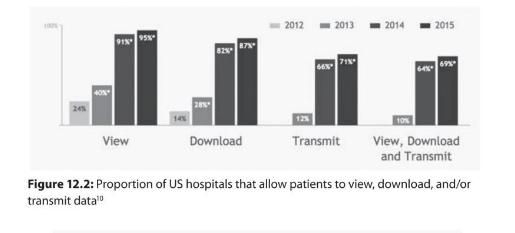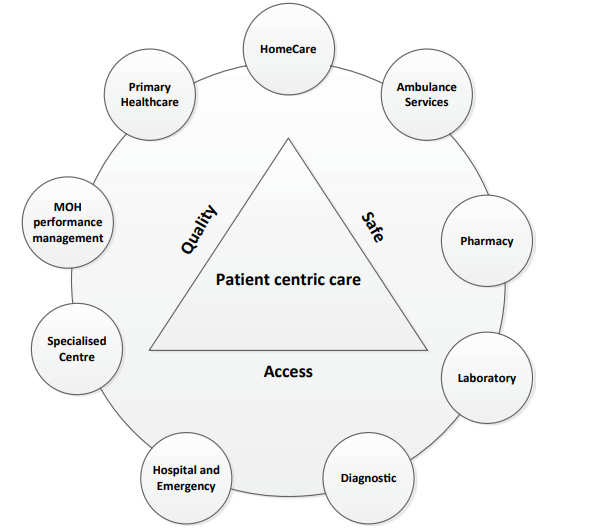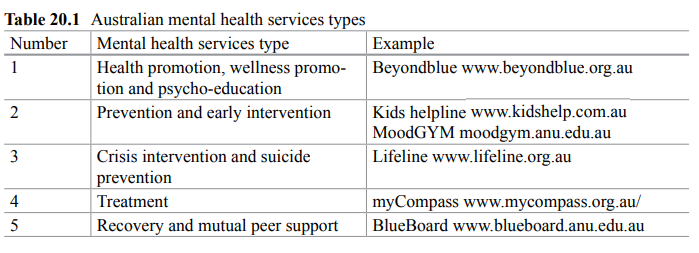With the rapid development of modern technologies, all the spheres of human life are in demand of new tools to facilitate them, and medicine is no exception to the rule. Both caregivers and their patients need to find ways to make the exchange of information easier and the treatment more efficient. Consumer health informatics or CHI provides new solutions for hospitals to manage their activities and give access to the data to all of the treatment participants. However, as in the case of any new field of research, CHI faces numerous challenges comparable to the opportunities it provides for increasing the health of the population as a whole.
Consumer Health Informatics and the Challenges of its Implementation
The principal task of consumer health informatics is to enable people without medical education to receive reliable information on managing their health. Providing access to personal health records and making information resources available to the consumers contributes to a better understanding of a patient’s conditions and the possible ways to improve them. With the help of the newest technologies, both patients and nurses would be able to communicate more efficiently and find solutions faster than before.
Being one of the technologies that can help to solve modern problems in medical treatment, consumer health informatics faces some challenges it has to overcome in the future. First of all, the ability of healthcare providers to accept the new tools does not correspond to the strategic plan of the government on its adaptation. The number of doctors who start to use technology is increasing, but it is still not enough to make a significant difference to the system.
There is a need for including the developing technologies into curricula of medical students to make them ready for their use in future practice and making them available to the population regardless of their age, nationality, or social status.
Another challenge is in the fact that the participants’ level of literacy does not allow them to benefit from technology usage. “Computer and technology literacy” is becoming the main factor preventing patients from active participation in its development. Young patients that are already computer literate seem to be the only ones who managed to successfully use it, whereas the older generation faces some problems. That is why the priorities of consumer health informaticians lie in addressing inequalities between the patients and making consumer health informatics available to any medical institution.
As one can see from figure 1 below, the amount of US hospitals that provide patients with access to their health records and other medical information is increasing. Nowadays they can view, download and transmit the data anytime it is needed to facilitate communication between medical personnel and patients. These technologies keep spreading rapidly, and there is a need to find a solution to these problems as soon as possible. Thus, to successfully implement the new medical technology, its creators need to eliminate the factors mentioned above by adjusting it to any consumer of any age.

Discussion
To enable patients to interact directly with the medical personnel and facilitate the data transmission within a medical institution, as well as to create new tools for them, consumer health informaticians are developing strategies in keeping with the realities of countries. One of the examples of such implementations is the peer network strategy in Canada. The Canadian Association of Schools of Nursing created a network of representatives of different regions of the country to integrate the new technologies into the curricula of medical students. Therefore, they can increase the awareness about the latest technologies in nursing care that are going to be a part of their work in the future, and let the students learn about new opportunities in the sphere of digital health.
Students discover new ways to find solutions for their future patients, protect their data, and use electronic health records to facilitate data exchange between them and the patients. This strategy can help to educate the new generation of doctors familiar with the latest technologies and increase the readiness of future specialists to implement them into their practice. An example of these communication tools in Canada is a Moodle website. It provides the medical personnel with numerous resources and the opportunity for their discussion online. Thus, specialists are becoming more knowledgeable and competent in their work and find better solutions for patients.
One of the successful examples of consumer health informatics strategy implementation in Saudi Arabia in the development of a strategic plan for mental illness treatment and improving the quality of services patients receive. The sphere of mental illnesses in the country is still under-researched in comparison to other types of diseases and medical assistance for them, so e-mental health is a relatively new technological area.
The Saudi authorities have several directions of work for implementation of new technologies shown in figure 2 below. The hospitals in Saudi Arabia are starting to use modern health technologies such as mobile applications and SMS therapy for people with anxiety and depression. The goal of the local consumer health informaticians is to make these services accessible and safe for a more significant amount of patients. Even though the new technologies are beneficial in general, they still have some downsides. There is still no mechanism for quality control and distribution among people with severe mental diseases.

Since there were no technologies used in the sphere of mental illnesses in the Saudi healthcare system, and this opportunity is still unknown to caregivers, consumer health informaticians needed to take an already existing system as an example. They considered the usage of consumer health informatics in Australia as a successful example of modern technology implementation for the needs of the country’s hospitals. As one can see from table 1 below, Australia implemented the tools for such types of mental health services as health promotion, prevention and early intervention, crisis intervention, and suicide prevention, treatment, and recovery. It will take some time to adjust the system like the one used in Australia to the Saudi healthcare system due to the difference in the realities of the two countries.

Conclusion
Modern technologies in the sphere of medicine keep developing and spreading by the development of new tools to facilitate human life. The future of society bases on their progress, and both medical personnel and patients will need to adjust to these technologies to use them with the most significant benefit. Consumer health technologies enable to creation a platform for communication and data exchange between the participants. The essential task is to learn how to implement them most efficiently and keep up with the development of new tools intended to facilitate access to health facilities.
References
- Binhadyan B., Peszynski K., Wickramasinghe N. Using e-Mental Health Services for the Benefit of Consumers in Saudi Arabia. In: Wickramasinghe N., Troshani I., Tan J., editors. Contemporary Consumer Health Informatics. Healthcare Delivery in the Information Age. Springer, Cham. 2016. p.367-377.
- Gibbons C., Shaikh Y. Introduction to consumer health informatics and digital inclusion. In: Edmunds M., Hass C., Holve E., editors. Consumer information and digital health. Solutions for health and health care. 1st ed. Germany: Springer International Publishing, 2019. p. 25-42.
- Gray K., Stephen R., Terrill B., Wilson B., Middleton A., Tytherleigh R., et al. Consumer health informatics aspects of direct-to-consumer personal genomic testing. In: Jaulent M.C., Zhao D., Gundlapalli A.V., editors. MEDINFO 2017: Precision Healthcare through Informatics. 1st ed. Netherlands: IOS Press; 2018. p. 89-93.
- Hersh W.R., Gibbons C., Shaikh Y., Hoyt R.E. Consumer health informatics. In: Hoyt R.E., Hersh W.R., editors. Health informatics. Practical guide. 7th ed. Singapore: Lulu.com, 2018. p. 253-264.
- Nagle LM. Canada’s digital health faculty peer network strategy. The online journal of nursing informatics. 2016.